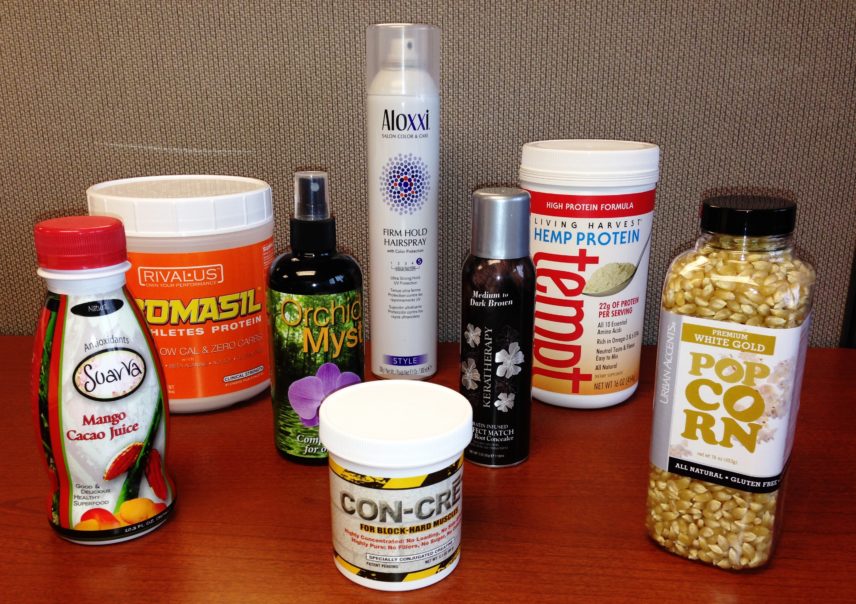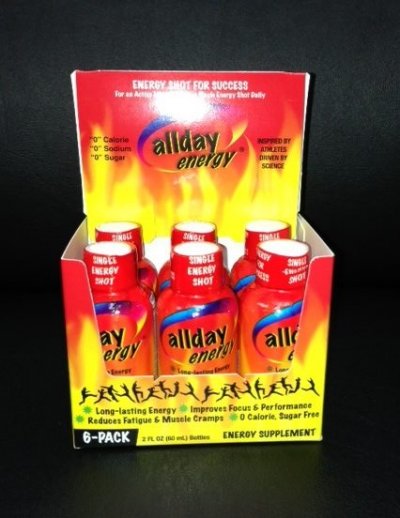 Many factors influence the way packaging trends unfold. Available materials and technology, for instance, shape possibilities and keep packaging strategies on the cutting edge. Food safety standards also impact the types of packages found in stores, as well as merchandising concerns, like size, shape, and shelf presence. Although these and other practical considerations are important, nothing holds more sway over packaging decisions than consumer preferences and lifestyle choices.
Many factors influence the way packaging trends unfold. Available materials and technology, for instance, shape possibilities and keep packaging strategies on the cutting edge. Food safety standards also impact the types of packages found in stores, as well as merchandising concerns, like size, shape, and shelf presence. Although these and other practical considerations are important, nothing holds more sway over packaging decisions than consumer preferences and lifestyle choices.
Packages Provide the Link between Customers and Brands
Sellers face an uphill battle marketing goods in highly competitive retail environments. As a result, making connections with buyers is more important than ever for stimulating sales and loyalty. Packaging plays a key role in making introductions and solidifying branding messages. As part of a unified marketplace presence, packaging reinforces social media marketing efforts, advertising campaigns, and merchandising goals.
In order to make lasting impressions with customers, today’s contract packaging professionals increasingly focus on image and lifestyle considerations. In practice, the most successful packages reflect the values of end-users and accommodate their way of life.
Packaging Style
Finding the right balance between form and function has traditionally leaned toward the latter, but today’s consumers demand a higher aesthetic standard. Constantly on the go, modern users are in the public eye, eating, drinking, and carrying packages as they move from one activity to the next.
Boxes, bottles, pouches, cans, and wraps all become part of the picture, serving as style extensions of the individuals themselves. Packaging with personality is nothing new, but design concerns are so important to the “selfie generation” that packages have become fashion accessories, which must reflect users’ tastes.
Packaging Convenience
 Modern technology enables users to carry expansive computing power, high-resolution cameras, and advanced communication devices on the road. Naturally, with this level of convenience and connectivity at their fingertips, consumers’ packaging expectations have also ramped up.
Modern technology enables users to carry expansive computing power, high-resolution cameras, and advanced communication devices on the road. Naturally, with this level of convenience and connectivity at their fingertips, consumers’ packaging expectations have also ramped up.
To modern shoppers, ease of use includes conveniently sized portion packs as well as containers that readily reseal and can be handled comfortably on the go. Closures that furnish proper protection yet open easily are also in-demand, assisting an increasingly mobile public.
City-dwellers, in particular, are less likely than other demographic groups to stock up on consumer goods, so effective packaging accounts for the needs of these urban populations. Appropriately sized packages, for instance, serve frequent shoppers who don’t have the space to house large quantities of food at home. And packaging doubling as serving vessels, like soup cups and pourable, spouted drink containers, also speak to the demand for portability and convenience.
Informational Exteriors
Packages present prime opportunities for producers to share provenance. Whether it is text or graphical information about what’s inside, or messages sharing brand values, the surface area can be used to drive home connections and increase consumer intelligence.
Marketing and merchandising are all about the details, so producers need to highlight features distinguishing their products from others. In fact, relationship building has become such an integral part of the consumer experience; shoppers have grown to expect high levels of dialog with makers and sellers.
Organic producers and makers claiming other specific benefits, for instance, effectively use packaging to reinforce the added value of their brands, compared to others, furnishing label information about product sourcing, manufacturing practices, and ingredients. Active packaging is another innovation adding to the information exchange throughout the supply chain, supplying feedback directly from product labels.
Simply Sustainable
Busy lifestyles call for streamlining, so packagers able to simplify daily living earn points with modern consumers. At the same time, environmental consciousness and sustainability concerns drive increased awareness about materials, production practices, and recycling issues. Successful, forward-thinking packaging solutions account for life on the fly without sacrificing environmental stewardship and shared responsibility.
End-users consistently express sensitivity to ecological issues, supporting recycling and pollution control in surveys. Contract packagers play a unique role in assisting concerned consumers because though their commitments are genuine, most buyers prefer a passive experience.
As a result, packagers devise low-impact solutions that promote sustainability without taxing end-users with excessive disposal protocols. The ‘recycle, repurpose, reuse’ mantra falls now on the producers, designers, and packagers, helping consumers manage their consumptive, waste-generating behaviors.
Enhanced Functionality
In order to maximize the usefulness of each package and minimize its overall impact on the planet, efforts are made to cross-purpose containers. Sturdy plastic tubs and resealable storage vessels, for example, have lasting utility before being recycled or disposed.
Eat-in plastics with microwaveable lids or peel-away foil closures, assist diners on the go, as well as food and beverage pouches, which are easily pocketed. Even measured powder blends, sold in stick packs for convenience, illustrate how an ordinary water bottle now becomes an essential source of nutrients for supplement and vitamin users.
Limiting food waste and keeping packaged goods fresh for longer periods of time are closely held values of consumers, who eschew waste and conserve money. Packages that account for leftovers and effectively seal and lengthen shelf life are important to urban populations working within a budget, so improved films and materials speak to the needs of modern users.
In Summary
Identifying consumer needs and making connections with individual customers is more important than ever for manufacturers and retailers. By reflecting the values of their target markets, producers and their packaging partners build trust and loyalty for particular products.
Labels and package design are key conduits for sharing information and shaping perceptions about consumer goods. Used effectively, emerging packaging technology continually improves the connection between producers and their customers within a fast-paced, hyper-competitive marketplace.
Although a host of influences guides consumer habits, packaging remains one of the most versatile and effective methods for building brand associations and providing the essential personal touch found at the heart of successful modern packaging projects.
